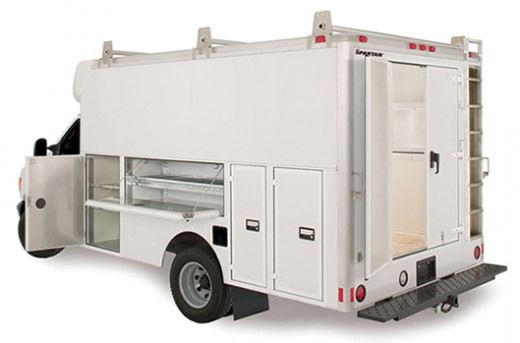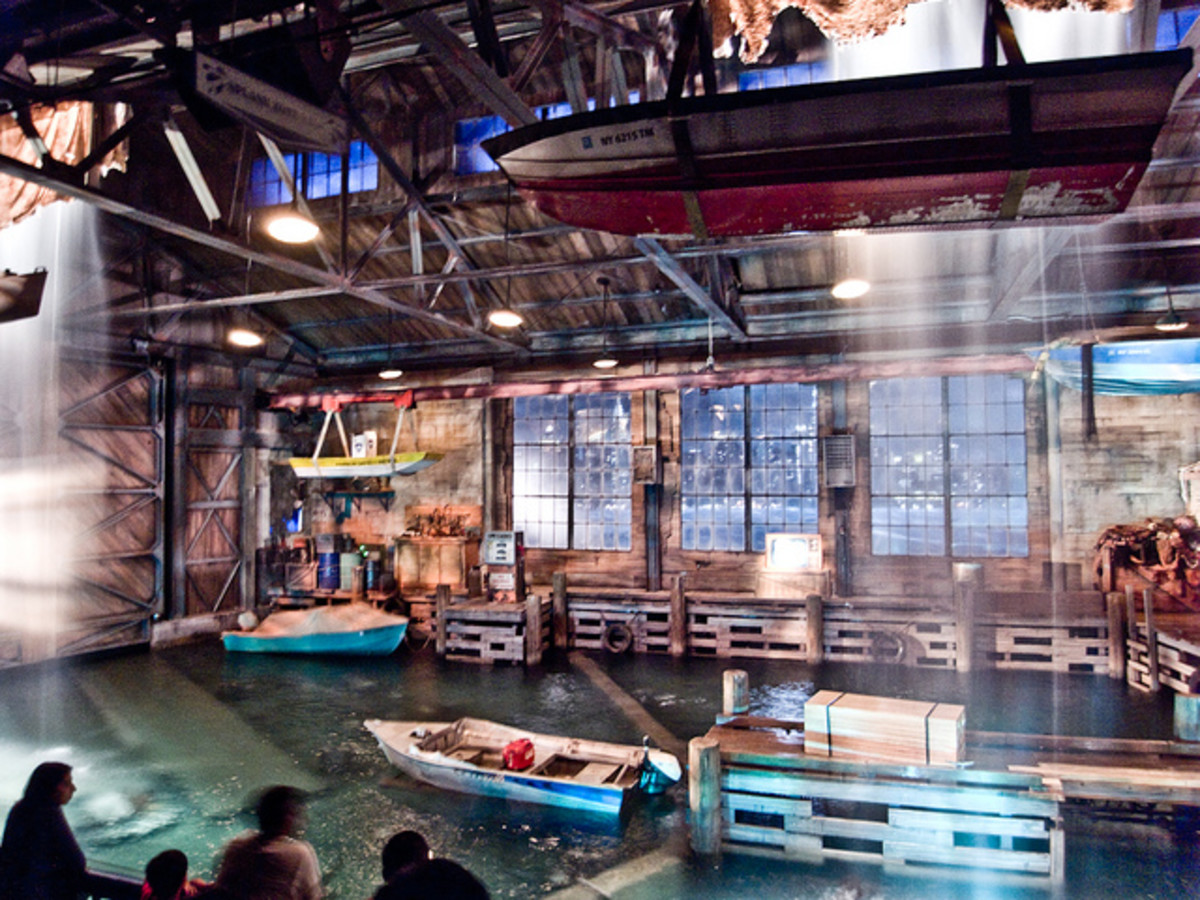Should video cameras installed in company vehicles to prevent potential accidents be used to discipline workers?

Offer the service vehicles with the surveillance cameras to those employees who possesses a bad driving record.
National Grid: Written by James Dubreze March 24/2009
How can surveillance cameras in service vehicles reduces insurance cost? During the past few years; many companies have found it necessary to install surveillance cameras in their service vehicles as a mean to help understand the nature of an automobile accident. Not only has the surveillance cameras help those companies recognize the cause of the accident; it has also help them noticed if the employee negligently provoke the accident.
As a consequence of this affect; employees who have in their service vehicles the surveillance cameras have not only improved the way in which they drive, but have also used an earpiece to speak to their friends while driving. Some have completely stopped communicating on the cell while driving. Therefore, we cannot say that this system of surveillance has not help reduced the potential accidents that could have happened; nor can we say that it has not help employers reduce their liability risk. From that standpoint - Union leaders agree that the system have some benefit. After all, it also help keep the employee safe from preventable accidents. We cannot say the same for all accidents. Some accidents are not avoidable; to say all accidents are avoidable is the same as saying that everyone who hold a driver's license is a defensive driver. An accident occur because the parties involved are not always aware of the potential danger ahead of time.This is the reason why it is referred to as an accident; more often than that an accident is unpreventable. Employees will occasionally get into accidents, but not all accidents merit a disciplinary action.
National Grid: Written by James Dubreze March 24/2009
How can Union leaders, and managements come to an understanding to figure out when a disciplinary action is necessary? Well, for now we know that the incentive for employers to initiate disciplinary actions every time employees have disobeyed their rules can help decrease the accident rate. But can we honestly say that all disciplinary actions will result to a decreased on accident rate. Employees have found the latter inquiry to be problematic.
The question should be which disciplinary action if any at all should count against workers termination, because as it is right now; some disciplinary actions are too extreme, and they do not take in consideration the employee’s driving history. Take for example a worker who has been disciplined for taking a stop sign. Should this employee be disciplined on first account or should this employee receive three warning notification before he is suspended. The problem is not with the worker with the good driving record; the problem is with the repeated offender. The employee who is consistently violating the traffic laws even after receiving three warning notifications is where the problem lies. A driver with good driving record might occasionally break the law, but his punishment should reflect his driving record. He should not receive a worse penalty than his coworker whose driving record is close to suspension. The reason why is because the worker with the best driving record is more of an asset to the company than the one whose driving privilege is close to termination. Which district or departments the surveillance cameras are placed will depend on the company’s accident statistic, and preferences. Most companies will not use cameras in their service vehicles in all district or departments. They may choose to apply this system of surveillance in departments where vehicle accident cases are on the rise. This way they're able to reduce on cost while decreasing on accident rate. They will place the surveillance camera in service vehicles which district accident report ask for it that way the company spend as needed.
Leadership is for doers; if you’ve never wheeled a wheelbarrow you can't balance an overload. You never ask the employee to do what you not do. National Grid: Written by James Dubreze March 24/2009
A better way for employers to reduce cost while investing in a system that helps them reduce automobile accidents is to offer the service vehicles with the surveillance cameras to those employees who possesses a bad driving record. Implementing this proposition fewer cameras will be needed; the focus will then be placed where the risk lies. Realistically speaking, this system works because not all employees are defensive drivers. If that was the case, they would not have been any need for surveillance cameras. The accident rate would not have risen to a level that require surveillance cameras – unless it was being used for other means. Therefore, it is relevant to assign those vehicles to drivers with a bad driving record? This may lead to less video cameras being installed in service vehicles; which could result with less money being spent on the company’s part.



